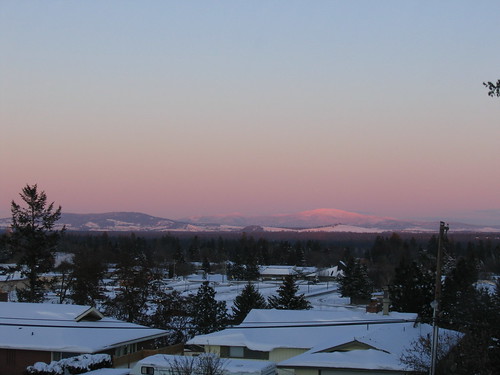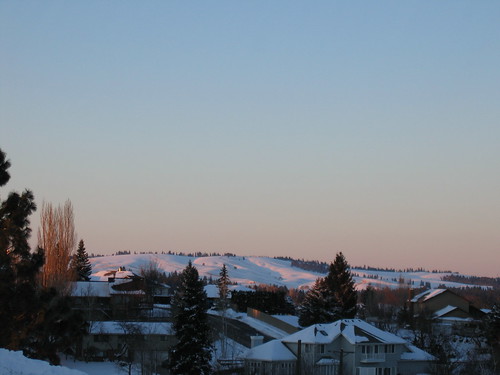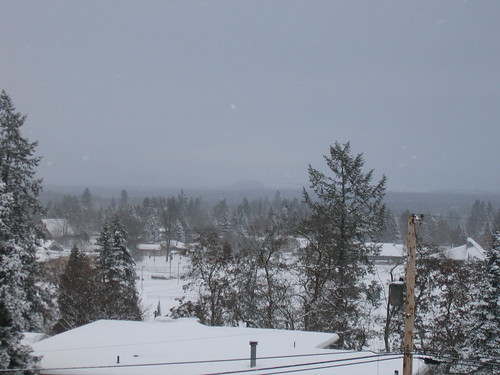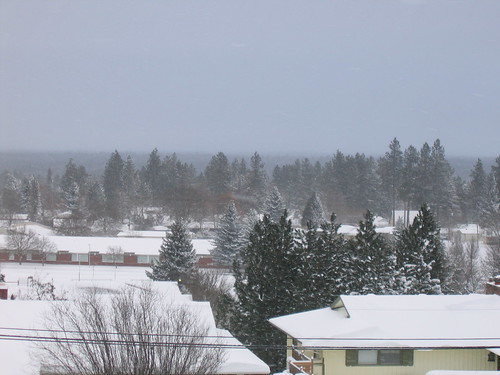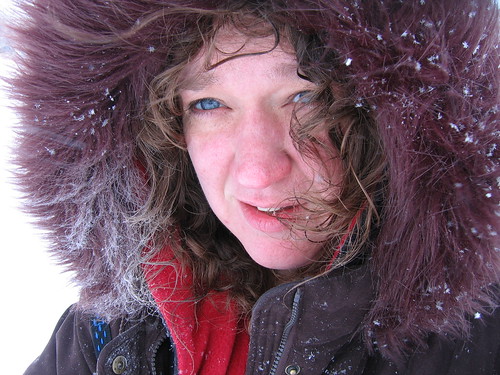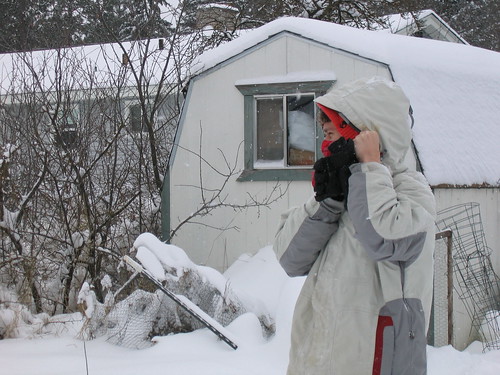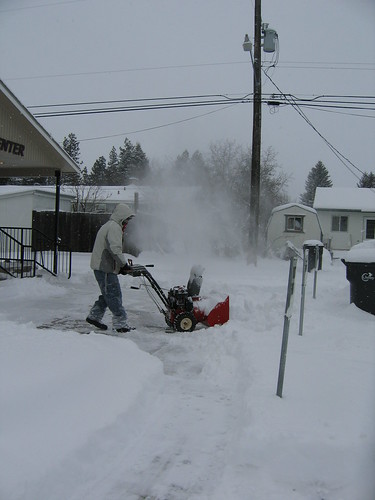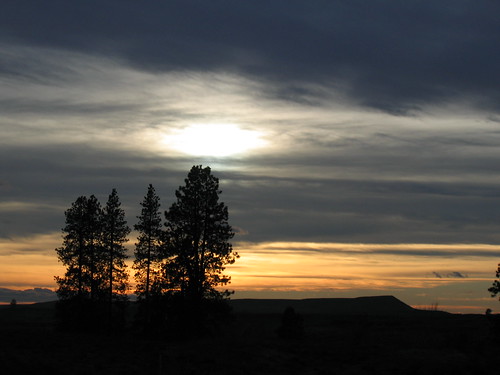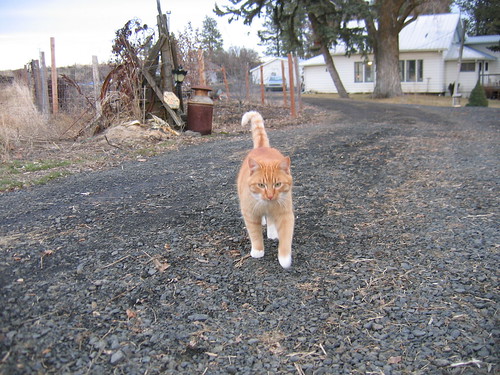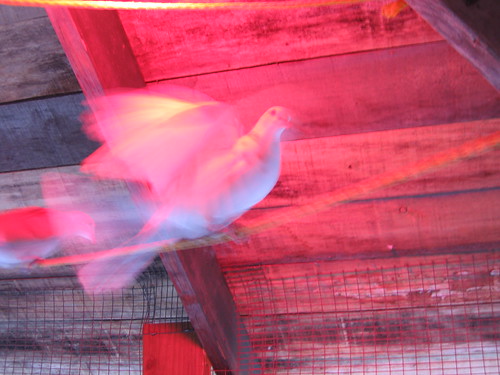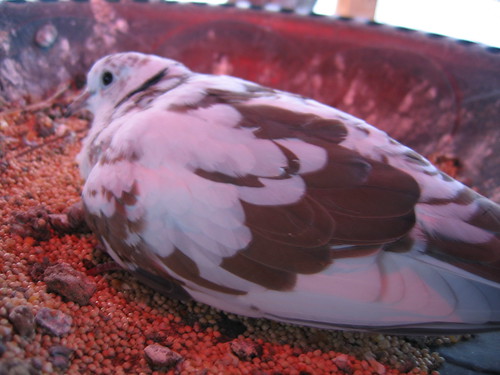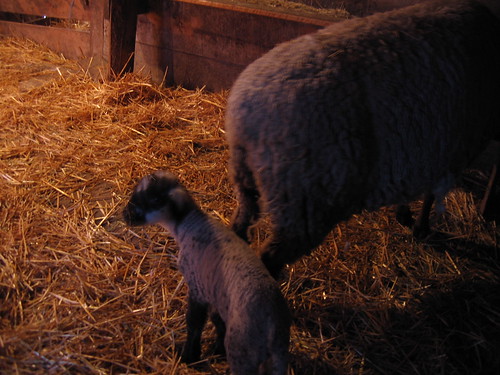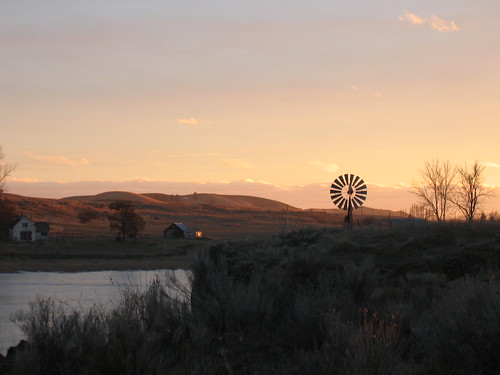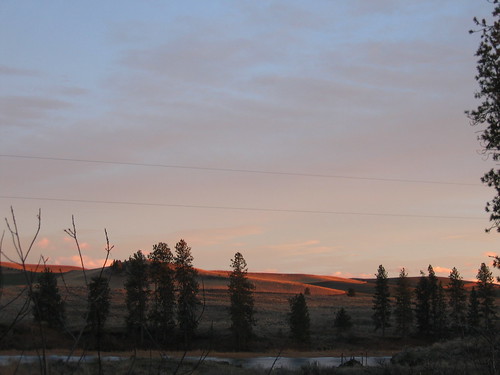Thursday, Feb. 17, 2011
CORRECTION: If you've read this article already, you should know that Nespelem is on the Colville Reservation and the Cardinal's player spells his name Pujols, not Pojoles.
Dark hair, dark eyes and fair skin, Shane Moses plays with his lip ring and smiles shyly. At 23, he has big plans and big dreams: sports journalism and a career broadcasting the games he relies on. “If school is bad… if my team is doing well... it’ll make it easier.” Moses says that his teams’ successes give him momentum and confidence. College athletes also inspire him because they have schoolwork too.
When Moses turned 13, all he wanted for his birthday was a trip to the Major League Baseball All-Star Game. While his counterparts were asking for gaming systems, all the eighth grader could think of were his favorite sports stars aligning into constellations in Seattle.
Shane had played ball since he was in second grade but had not been to many games. His extended family followed both baseball and basketball so when he mentioned the All-Star game to his mom, it wasn’t a huge surprise. She hesitated; it would be expensive. He knew there were “going to be hella guys there.” It would be fun, he told her. They could go to Pike Street, he said. It was a once-in-a-lifetime opportunity, he said.
The tickets would be expensive, but Rachel Moses, a single mom, probably knew she could get a lot of mileage out of the event. She answered Shane’s pleas by asking him if he deserved it. She told Shane that “actions prove louder than words.” Shane answered the challenge by mowing lawns and doing household chores for a month before the midsummer game. If they went, Shane agreed, there would be no birthday present in October.
She was correct to be worried about the costs. After the costs of the tickets, the hotel room, the food and memorabilia, Shane estimates that his mother put $1000 on her credit card. For a single mom working for a tribal agency, this was a lot of money.
As an only child, Shane’s lack of competition played to his advantage. “I don’t know if it would’ve happened (if I’d had a sibling.)” Rachel didn’t have to worry about treating Shane with favoritism, and there was no concern for the care of younger children during their trip.
Seattle was five hours from the little town with a gas station that combined with a video quest and mini-mart on the Colville Indian Reservation. The predominately Native American population of 800 lived in “rezzed out” conditions, said Shane. In Nespelem, packs of dogs run through the streets. Tall, unmown grass and cars that are broken down, broken into and shot at surround the run-down houses.
They arrived in Seattle, which was buzzing with excitement and pride over the All-Star game.
Leaving all this behind, it wasn’t enough for Shane and his mother to make it to brand new Safeco Field. Once there, they still had to gain admittance. They had no tickets. Fifteen minutes before the game, they found a scalper, desperate to sell. The two tickets cost Rachel $150, a bargain at $20 to $30 more than the ticketed price.
To this day Shane remembers it like a dream: the sunshine graced them in their seats. A slight breeze wafted through the field. The weather was perfect for baseball. Yet all of the big-time players on the field weren’t the high point of the night for Shane. The stars aligned twice in one night for the young sports fan.
Post-game, the mother and son searched for a hotel. Their first try struck out, so Rachel stole for the Sheraton. When they reached the desk employees fluttered about, stocking a conference room, assembling nylon rope barrier stands. “Something is getting ready to happen.”
The employee behind the counter said that many of the players are staying at the Sheraton. “I bet you’re excited to stay here!” This was bigger than life itself. Shane jumped up and down, screaming for excitement. Heart racing, he couldn’t calm down. “Oh my God!” he said. Rachel grinned—coming to Seattle had been the right decision.
There would be many fans at the hotel that night, including people that weren’t guests. “Make sure you’re here early,” the desk employee said.
They dropped off their luggage and ran out quickly for food. They returned to a packed lobby. The busy atmosphere had turned into a circus. “There were so many fans,” Shane said, “so excited.” Shane begged his mother to allow him to stay. If only he could get an autograph or two.
His mother relented as she had for the trip itself. Shane grabbed a hotel-issued notepad and squeezed his small stature of five-feet-one-inch through the fans. Rachel pressed forward too, slowly. The lobby was crowded with 150 to 200 people from a few little kids to elderly, all waiting for an autograph or a glimpse of a sports hero.
Shane fretted. What if someone came through and he was unable to get an autograph, or a picture or even a look?
Barry Bonds, winner of the National League Most Valuable Player, strolled through the lobby. His wife and kids accompanied him, dressed just as professionally as he did. The kids had slacks and dresses on. It was like seeing the Royal Family. Instantly, Shane put them up on a pedestal.
“Pudge” Ivan Rodriguez burst from a cab. A sharp contrast to the ecstatic fans, the Golden Glove catcher quietly and calmly signed six to eight autographs. Shane, still creeping forward, couldn’t reach him. “He just seemed humble,” said Shane, who wasn’t a huge fan. “Just to see him in person was amazing.” The player was “cut, buff, thick” but Shane says, “I was almost the same height…I didn’t think he was that short.” Rodriguez stepped onto the elevator and vanished for the night.
Manager Joe Torre signed autographs for the fans, his wife smiling on supportively. They were elderly, but the time spent with fans was important to them.
Fans weren’t a priority for everyone. Derek Jeter breezed through in an expensive suit, clothes in a leather bag. Fans pleaded for autographs but he rejected them all. Talent doesn’t matter with such arrogance. Shane says he “can’t stand him.”
A man in a suit stepped into the lobby, shining his aura on all. To Shane it was “like seeing the president.” All the fans admired Chipper Jones simply for how he presented himself. Shane recounted how he wouldn’t lose his temper, even at undeserved strikes. “He was a gentleman, even in Seattle.” “If you were a girl, he was guy you could bring home to your mom and dad.” He signed autographs, mingling with the fans. “So many people were trying to touch him on the shoulder, to give him handshakes.” He went to the bar to visit with the other players.
Bret Boone stepped off the elevator, decked in a nice suit with gelled hair. Shane froze. Star struck, his jaw dropped. He couldn’t move, but it didn’t matter. Boone didn’t sign for anyone. The Silver Slugger promised to sign later, but never did.
In the open-air bar, Boone and Jones were the life of the party. The friends had an energy that held Shane transfixed for hours. “The players were like gods.”
He and Rachel had arrived in the bar at 7 p.m. Rachel could only stay until midnight. Her aching legs prohibited her from standing beyond that. Shane watched the party in the bar, anticipating closing hours.
He wasn’t disappointed. Rich Aurilia stopped on his way to the elevator.
Shane recalled a game televised from San Francisco where the Aurilia’s bat thumped against the ball so hard that the ball soared into the far wall, thumping again. “He would kill (the ball.)”
Aurilia’s breath was sour with alcohol. His girlfriend huffed impatiently. It was obvious that she wanted to go. The Silver Slugger signed anyway.
Shane wanted to touch him on the arm. “Just to be among them was like being in their world…It was an honor breathing the same air.”
Sometime during the evening, Shane made a break for the bathroom. In the neglected hall connected to a side door, he crossed paths with Greg Vaughn of the Tampa Bay Devil Rays. A girl wearing a short skirt, showing a lot of skin shadowed the player.
“You’re Greg Vaughn! Can I have your autograph?” Shane said.
Vaughn glanced around nervously. “Keep it quiet!” He took the pen and signed.
Later, as St. Louis rookie Albert Pujols headed to the elevator, fans flocked to him, including Shane. This Cardinal puzzled baseball fans nationwide. Fans echoed the question: “Where’d this guy come from?” He was “destroying the ball.” Impressively, he had been selected as a rookie to play at the All-Star game.
As Shane rushed forward for an autograph, a bigger, older man intercepted Shane. He grabbed Shane and pushed him aside.
Pujols stiff-armed the bully, pushing him aside. “He was here first.”
The bully’s eyes widened.
“Here you go little man.” With the tang of the bar heavy on his breath, Pujols signed for Shane.
Pujols didn’t overlook Shane’s antagonizer in spite of the oppressor’s poor behavior. He signed for him too.
Shane smiles when he recounts the story. “(The players were) not like people, more like gods.”
Mike Sweeney of the Kansas City Royals was among the last to stumble out of the bar. Shane intercepted the staggering star on the way to the elevator. Sweeney signed, but when Shane inspected the prize, he found an unwelcome surprise: Sweeney’s room number.
Reflecting on Sweeney’s mistake, Shane laughs. “Do I look like a girl?” Sweeney was later traded to the Mariners, but in Shane’s mind, he’ll always be the drunk looking for a date.
When Shane returned to his room, it was around 2:30. He had stood all night, waiting, but his legs were not tired. Rachel was waiting, excited to celebrate Shane’s trophies—a simple memo pad with scribblings from some of the greatest athletes of his time.
He couldn’t sleep for all the adrenaline coursing through his veins. He had met so many stars. The reality still hadn’t set it and wouldn’t until after he had returned home. After all, he watched these players on TV from home. If they owned a particular mitt, that was the mitt Shane would buy. If they wore a certain number, Shane would buy their jersey. They influenced not only entertainment, but also play and shopping decisions as well.
Back at home, Shane’s friends were happy, but envious. He wanted to share the experience with them, but he didn’t want to gloat. After all, he was only “lucky, not deserving…Some people get lucky winning the lotto. I feel lucky just being able to go to (the game.)”
Shane continued baseball through his ninth grade year before quitting. “I couldn’t hit anymore. It was stressful.” However, Shane’s ability didn’t dampen his spirit for the game. He thanked his mom by mowing the lawns from that summer on. “I will never forget it for the rest of my life.”
Shane’s evening with the stars still captures his imagination and dreams. Remembering the atmosphere he loved with the stars and their families, Shane has pursued journalism at Eastern Washington University, dreaming of reliving the glory of that night. Rachel still speaks of handsome Chipper Jones. Shane’s notepad autographs are still at her house, but his devotion to the glory of the sport is as close as ever. “It was like cliff jumping… you know that feeling in your gut—that goes through the rest of your body—right after you jump. That’s so overwhelming.”

